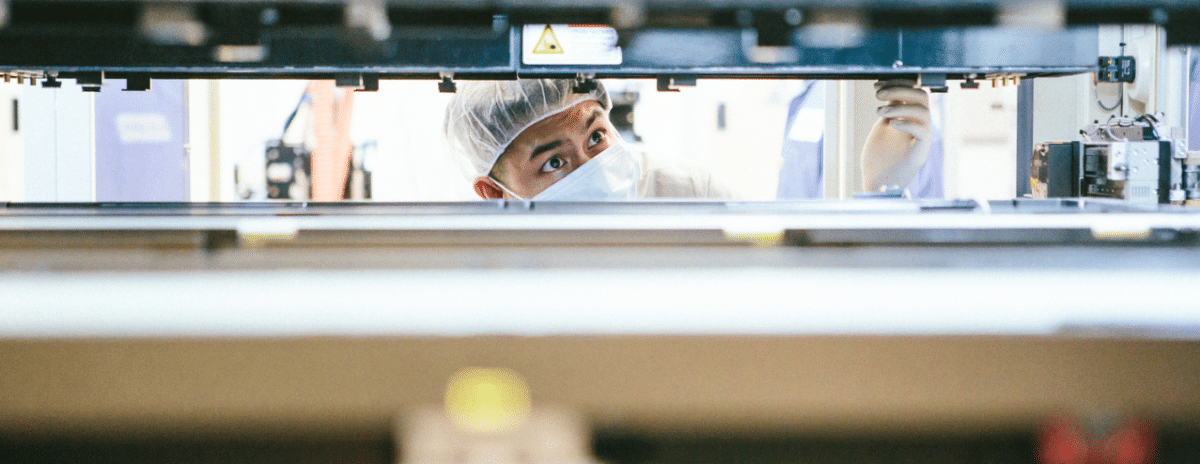While the Section 201 case is clearly a threat to the downstream U.S. solar market, there is increasing evidence that it will lead to an expansion of U.S. solar cell and module manufacturing. As the industry waits for President Trump to deliver his decision on trade action before January 26, there are already signs that at least three manufacturers are seeking to expand or establish operations in the United States.
Following Florida PV maker SolarTech Universal’s announcement that it plans to hire more than 100 workers this year and establish production in Puerto Rico, and the news that an un-named global PV maker is negotiating with Jacksonville, Florida for potential manufacturing, today California’s Solaria Corporation announced new funding and an expansion of its production.
Solaria, which makes a suite of solar products including high-efficiency crystalline silicon solar using a proprietary cell interconnection and module assembly process, reports that it has raised $23 million from a syndicate of investors. The company says this will enable it to expand its manufacturing capacity both in the United States and South Korea, where it makes PV products in collaboration with an OEM manufacturing partner.
Solaria has been around since 2000 and spun off the leading tracker maker by marketshare (NEXTracker), however its PV cell and module products have remained niche. Currently Solaria has the capacity to make 100 MW of its high-efficiency PowerXT modules annually between Korea and Silicon Valley, but says that by the end of 2018 it expects to expand this to 300 MW.
The details will be different. In Korea Solaria expects to be able to expand within the existing facility where its modules are made, however its facility in Fremont, California is maxed out and the company has begun the search for a new location to install production lines.
Solaria expects this process to take around 4-6 months, but says that it expects to ramp production following that in less than 18 months. The company notes that it will be looking for existing facilities to add its lines, and not starting construction on a new building, which should make the process faster.
In addition to its PowerXT modules Solaria also makes building integrated photovoltaic (BIPV) architectural glass products. And while the new expansion is focused on PowerXT, Solaria’s CEO notes that the equipment can also provide material for BIPV products, which are assembled on separate lines.
“(PowerXT) is higher growth right now while we are seeding the market for our architectural solar business,” Solaria President & CEO Suvi Sharma told pv magazine.
Update: This article was significantly modified from its original version at 10:42 AM EST on January 11 to include substantial new information from Solaria
This content is protected by copyright and may not be reused. If you want to cooperate with us and would like to reuse some of our content, please contact: editors@pv-magazine.com.









i would be glad to just see a few of the us made in america
solar gizmos firms left in 2019
2018 is on the verge of doing what>
remember how each intersolar expo keeps getting smaller and smaller each year since 2010?
i always thought musk was dime store perfume
who owns the colbalt mines? tell me who?
us no CHINA INC.
scary about lithuim tech, they never took the time
to check out who owns the colbalt!
yep, we got out smarted again while kingkong obuzo and hitlery, were selling us away………….
sure hope these newbie firms survive the end of sears and macys and ihop and oh well just read dailyjobcuts and think
just think
we need xunlight brought back from CHINA
or even a supplier build to otder fab
and one in chile, and one in kenya, and oh,
you get the picture, RIGHT ?
JAMES ROBERT SEIDEL VK I tried Google translate on that but it still made no sense.
pv hate speach was not to be
hitlery lost
PREISIDENT TRUMP WON
DEAL WITH IT
Hello Mr. Seidel,
I deleted your other comment. Our comments section is a place to discuss ideas, not make personal attacks on the other people commenting. Thanks.
?